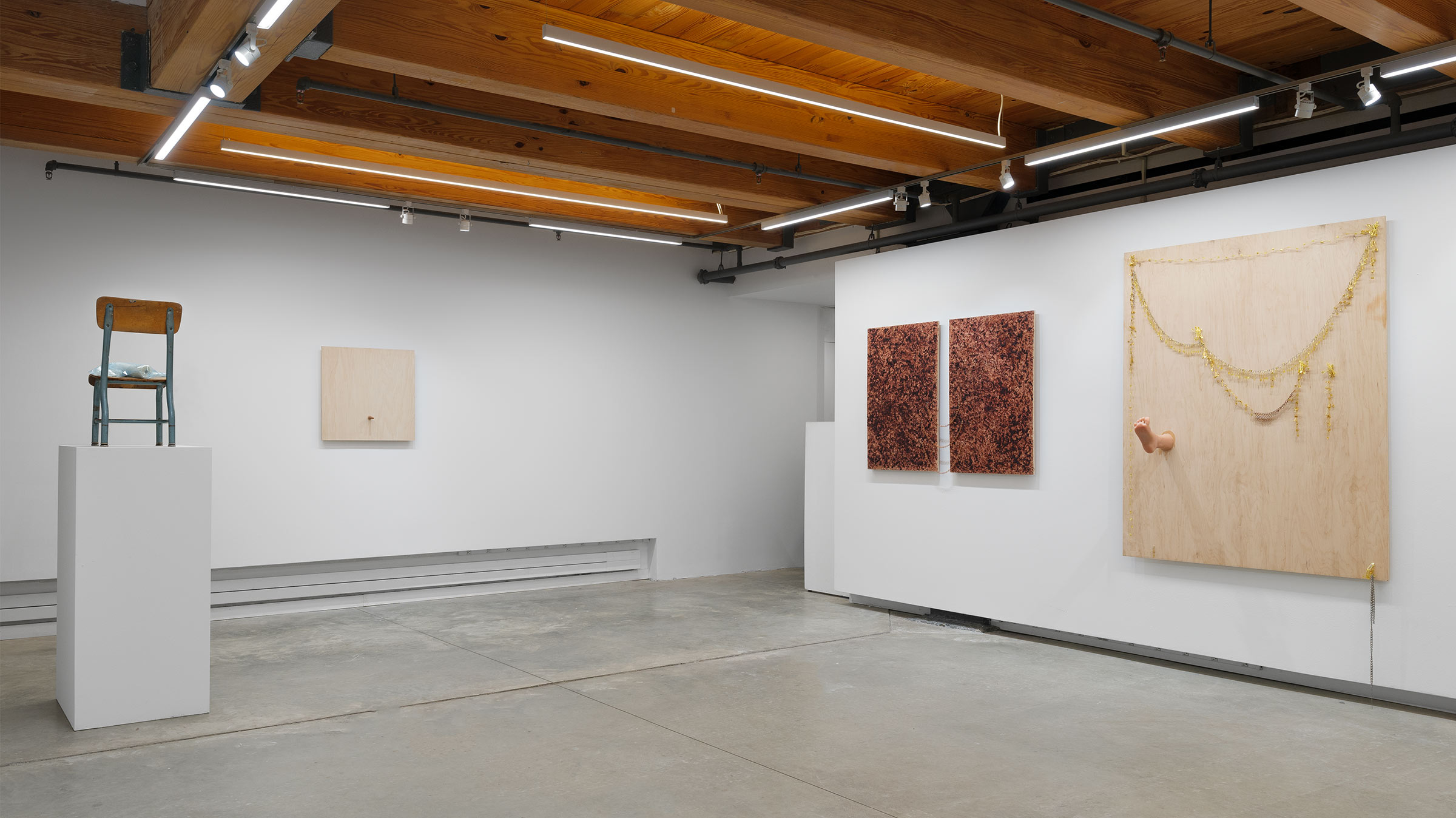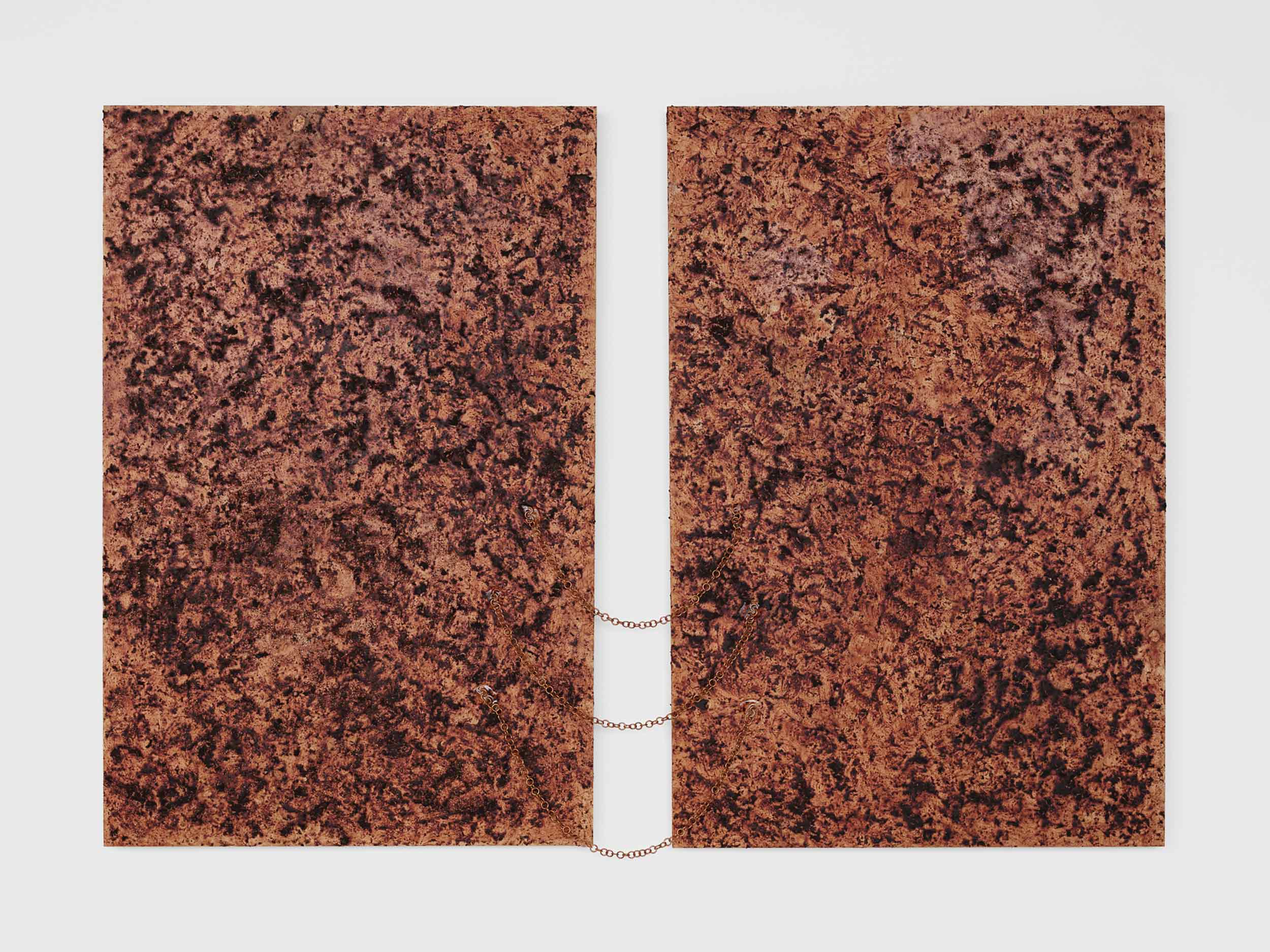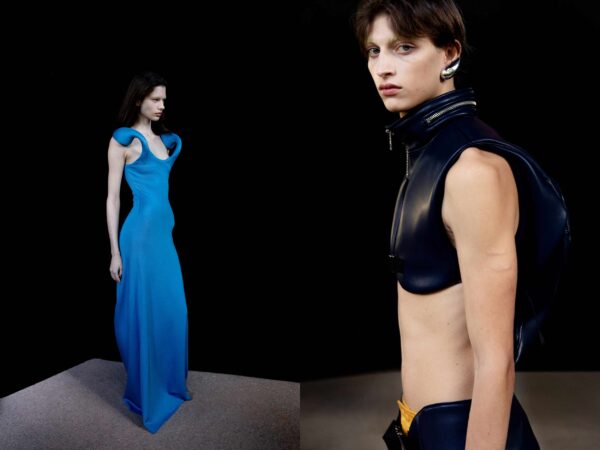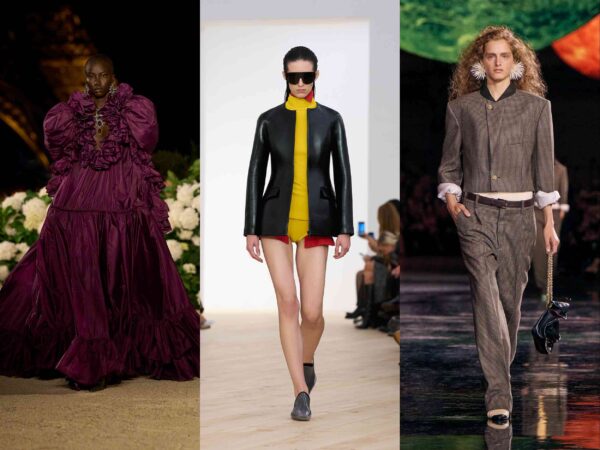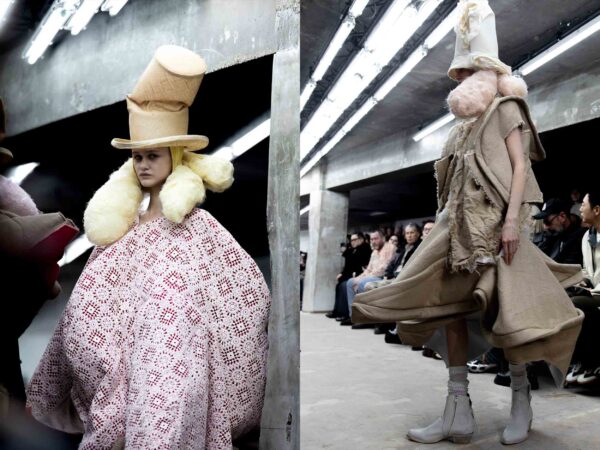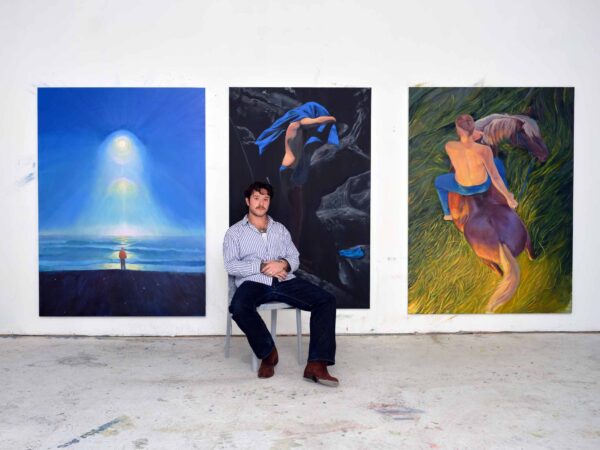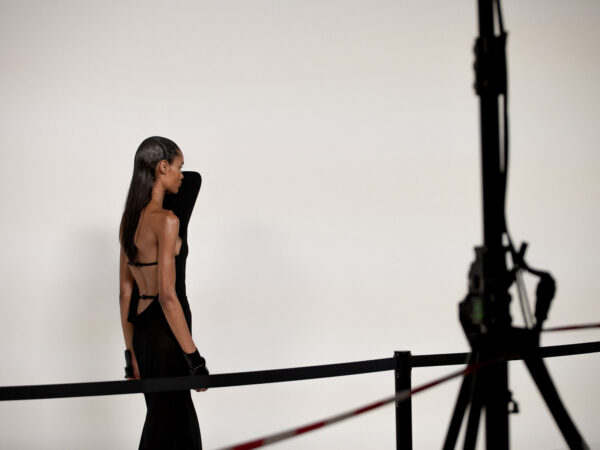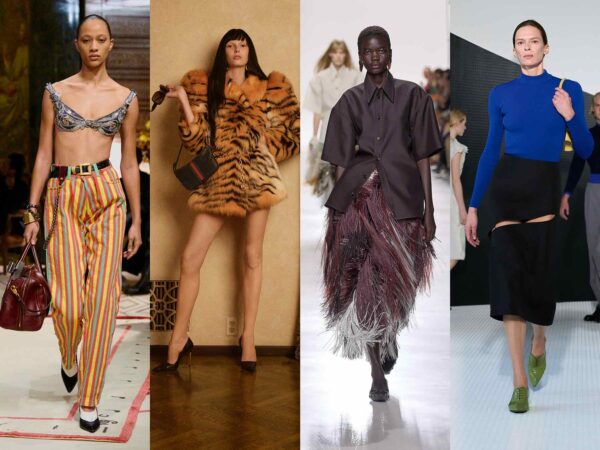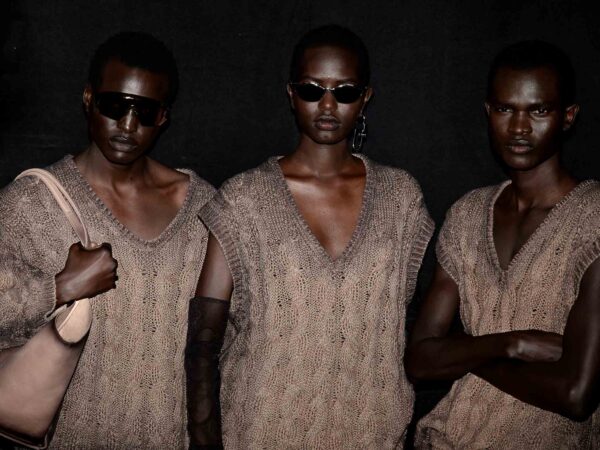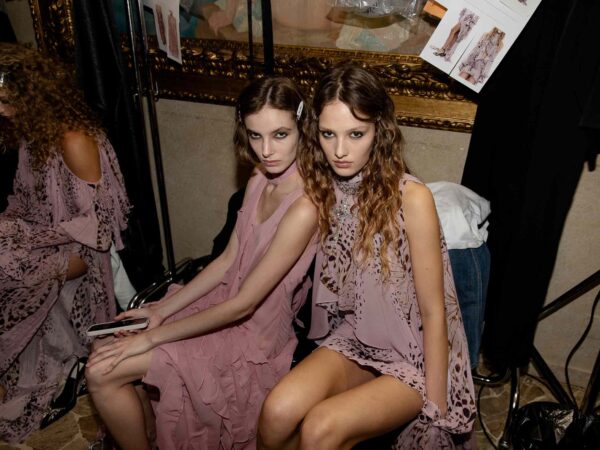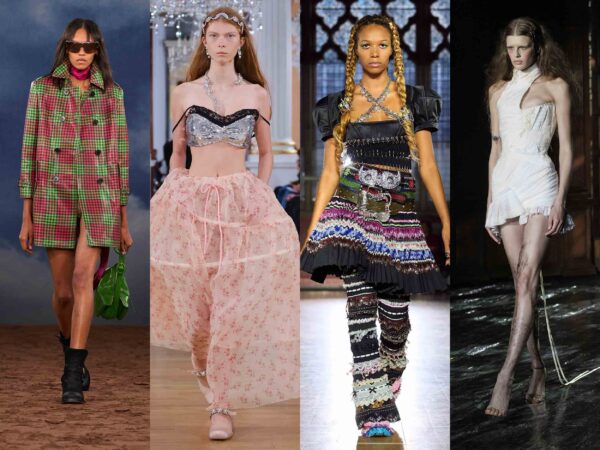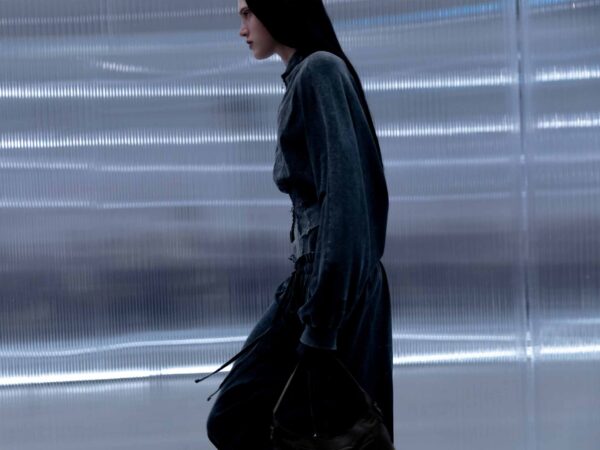The cross-medium artist turns the body politic inside out in ‘Union,’ currently on view at Anonymous Gallery
Body horror is based on the idea that what is visceral must be grotesque and off-putting to the viewer. This aversion, however, doesn’t come from nowhere: what instills this terror in audiences isn’t just blood and guts, it’s the unease of seeing what is supposed to be inside, outside. In the West, this manifests in how proper manners are structured around a notion of the self-contained body: cover your mouth when you cough; try and hold in sneezes; avoid crying in public. So when that which is supposed to lie beneath the surface emerges beyond its boundary—whether it be literal, like Regan MacNeil’s neon green mucus oozing from every orifice in The Exorcist (1973), or figurative, as with Langston Hughes’s swelling, festering “dream deferred” in Harlem—the already fine line between physical disgust and social consternation thins into a high-strung tightrope.
Artist Elliot Reed is a skilled equilibrist when it comes to this highwire. His most recent show Union, on view at New York’s Anonymous Gallery until December 30, embodies this body-horror ethos, by (sometimes literally) pulling a concept from the inside out. Protruding limbs, makeshift chains, objects mysteriously both opaque and transparent—the artist prioritizes the largesse of the uncanny throughout his practice. Working across several mediums, including (but not limited to) performance, sculpture, and video, Reed intrepidly explores the philosophical notions of horror, using the body as both physical and conceptual conduit to convey a sense of almost: almost human, almost visible. As for the artist himself, he keeps a significant part of his own background close to the chest, a means of situating any lore behind his practice as par for a more anonymous course.
At age 17, Reed spent one year at art school in Chicago before dropping out in favor of performing electronic music in the city’s rich underground scene. Music quickly led to an affinity for movement and experimental performance, which, over the past decade-plus, synthesized into a career in fine art. “Playing music led me to realize that choreography is the art of working with people in time, which, puritanically, could also be how you describe performance in general,” says Reed regarding his evolution. “Art [objects] are the collapse of time, all compressed into one piece.”
Union is a way for Reed to flip the script on identity-based art. Instead of telling his story literally—painting his life, sculpting his fears, mounting his judgments on the walls—the artist chooses to abstract identity through a quieter critique. His manifesto is plain: all people are simultaneously actors and acted upon in ways that disrupt an idea of the self-contained body, and the self-contained artwork, intended to politely hang on the wall.
Reed’s most traditional (as in pigment-on-canvas) works for this exhibition, Sublimation Portal and Untitled, substitute paint with pig’s blood. “I wanted an analog for a human body without putting my own flesh on the line, because I think that negates a lot of the questions that I’m dealing with in [Union],” says Reed. He adds that the blood “definitely hits an uncanny valley space, but also allows me to withhold a bit of a psychic and spiritual barrier from the work.”
Union is also a way for Reed to contest the topicality of identity politics as they relate to art. Anonymity is central. “I think that making identity visceral and not just recognizable is for sure a goal of mine. It isn’t really a fault of any particular artist, but I feel like it’s more so the [identity-based] language that’s used to describe a lot of contemporary work,” he says. “I want to ask, What the fuck are we actually talking about?”
Portable Accusation, The Call, and Totem, though not staged beside one another on the gallery’s wall, serve as their own kind of triptych that both asks and answers this question. In each wall-mounted piece, a human-sized silicone prosthetic—a hand, foot, or finger beckoning come hither—protrudes crudely from its plywood canvas. Each piece is an encounter with the incorporeal; the body parts jut through the surface to highlight verisimilitude between human and plastic, rather than attempting to represent real skin and bone.
“There is a bit of a perverse attraction to this notion of flesh being reproducible on demand. I wanted to have darker skin tones, like an ethnically ambiguous silicone flesh cast. It’s definitely not giving ‘It’s a Small World.’ Even though these [body parts] are kind of skin-colored, they mess around with the alive-ness and variation that actual skin has, no matter if you’re extremely dark or fair. They look wrong almost, and that’s the point,” says Reed.
Reed’s consistent renegotiation of identity and the world emerges clearly in Union: if to live is to perform, and to perform is to become an object for public consumption, to be of a marginalized background is to participate in something he describes as “much more sinister” in the show’s press release. When “uplifting BIPOC voices” is proposed as a solution to racial violence, those voices are not so much actors as they are acted upon; their lives become somewhat of an art show, and the news articles, think pieces, and social-media reportage surrounding become gallery ephemera, like taking home a pamphlet from a trip to the MoMA. Entire communities are pigeonholed as eternal victims when audiences when identity is put on display—the free agent is only as free as their conditions. (ACTOR), an eight-foot tall sculpture that, from certain angles, encapsulates the heaviness of this concept in reflective vinyl—the same material used on police cars—and spray enamel laid over a thin aluminum rectangle, like a doorway. Head-on, the piece acts as a mirror, yet when photographed with flash, the word “ACTOR” transforms from a matte black phrase to a high-visibility reminder of agency, or lack thereof.
“My relationship to identity is like a smudge,” says Reed. “I’m really interested in these inscrutable spaces…between something recognized and something that’s a little bit harder to clock. One of the biggest things that I’m actively trying to engage with as an artist is how to reclaim anonymity within work, and still bear authorship.”
Reed dedicates himself to hiding in plain sight, playing a trick on those who wish to merely see a Black artist on the surface, yet refuse to engage with the artistic motive that lies beneath. Union’s body horror is exhilarating because it is disruptive. The exhibition’s outside is its inside. Reed’s persona has no bearing on the work; it is purposely shrouded beneath it as a means of protection. The reverie of his world is anti-establishment in the truest of forms: when you do find Reed’s message, it will be written in blood.


